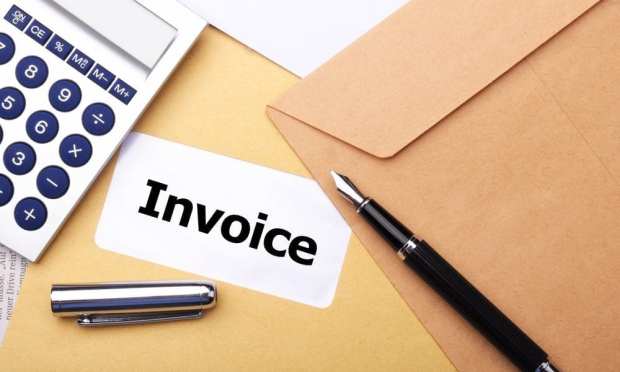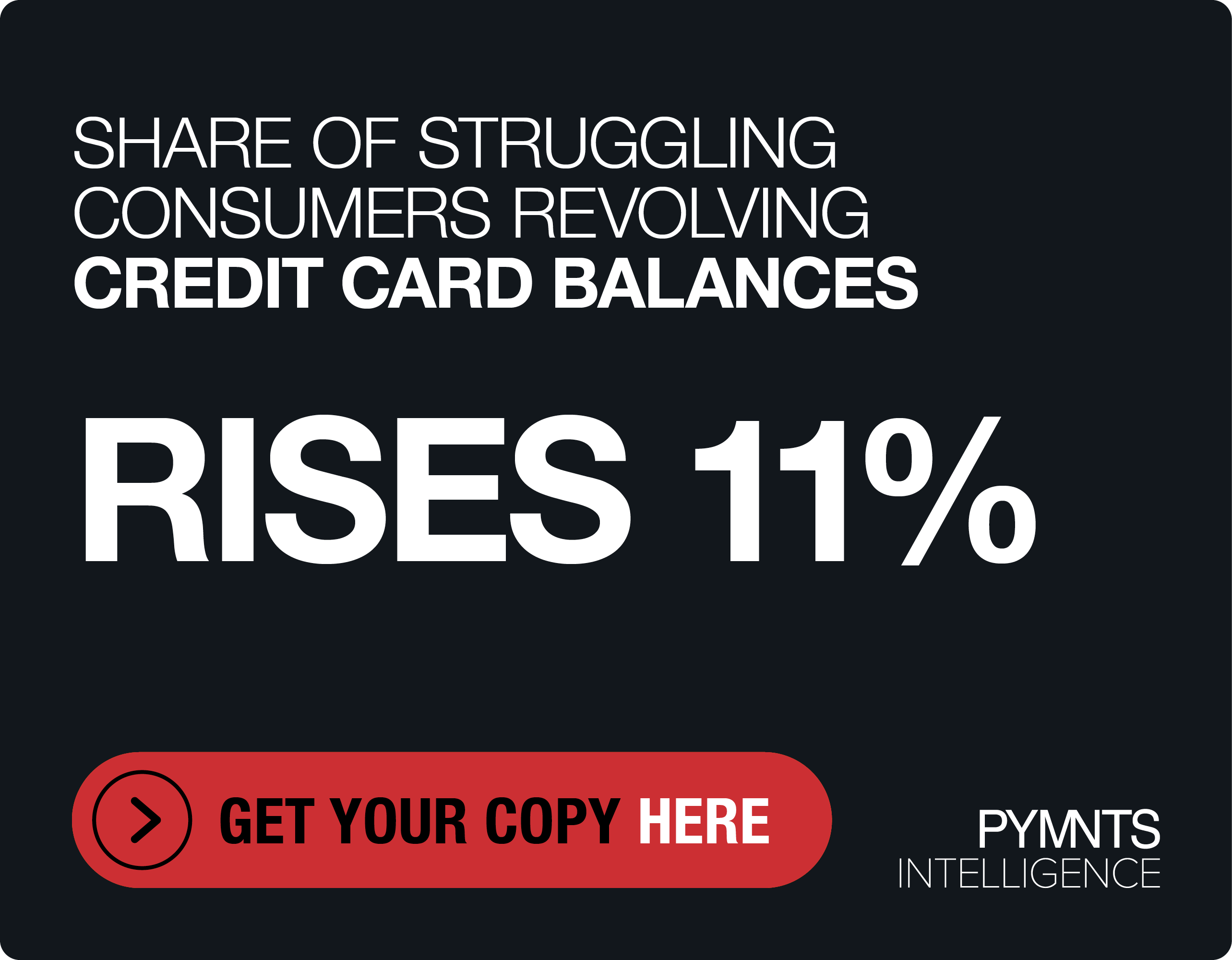How Automation Turns AP Into A Revenue Generator

For many companies, the accounts payable (AP) process is mired in paper, but technology, properly deployed, can cut down the paper chase, streamlining the journey between getting invoices and paying them.
In an interview with PYMNTS, Daniel Saraste, VP of products at AP invoice automation firm MediusFlow, said when it comes to existing accounts payable processes, “the challenge for many AP departments is getting into a state of ‘being in control.’” He noted that paper-based processes are slow and often may not provide insight into the number of invoices outstanding or the dollar value of those invoices currently being processed.
“Typically, the AP department will struggle to just pay on time or reasonably late,” he told PYMNTS. Automation, by way of contrast, done in a fashion where there is, as Saraste said, “no human touch at all” means AP departments can pay within a given number of days, if they choose to do so.
“Once this level of confidence and control is achieved, then it makes a ton of sense to start looking at how you can capitalize on it. Of course I’m talking about capturing different types of early-pay discounts, whether financed on a company’s balance sheet or through a third party,” he said. “They all offer great opportunities for turning AP into a revenue center — and a substantial one.”
The move toward automation may meet resistance, as he detailed, because the accounts payable process is oftentimes considered a less strategic function and other projects and functions are viewed as higher priority.
The verticals that may benefit from AP automation include (but are not limited to) those that are international in scope, and where the volume of invoices being processed is significant. As he noted, “you run into more compliance issues and more VAT models so you need a more mature tool than the cheap-but-simple type of workflow solution that would suffice for a small and local mom-and-pop shop.”
In terms of general AP automation strategy, he said, companies must embrace technology solutions that can span all types of invoices, whether purchase orders or non-purchase orders. Solutions must also work across different ERP systems, he said, because the future may be unpredictable. “You may be 100 percent sure you will stay on your ERP but you may acquire a company that has another ERP system or you may be acquired,” he told PYMNTS, adding that when it comes to technology, “it is all about global visibility and you don’t want to end up with a built-in system for your SAP company and another built-in solution in your AX environment. An ERP-agnostic cloud solution will provide global visibility even though you are changing ERP or upgrading ERP version.”
The aforementioned global visibility is especially important as compliance gains in complexity, said Saraste, who said countries such as Mexico and Italy are implementing “strict compliance rules for how invoices are transported from seller to buyers” in light of improving tax collection. Such initiatives should drive eInvoicing, he said, with integration to state-owned hubs through which invoices must be validated. Saraste said automated offerings such as those from his firm that span all AP functions can offer granular insight into DPO on a month-by-month basis and per business unit, and can capture discounts effectively, while also forecasting cash flow impact tied to a variety of functions.
AP automation strategies must also take into account the fact that mobile solutions are now the main user interface, said Saraste, for those who approve budgets. “There is a generation growing up with consumer products that are easy to use and always available. This generation will not accept using ‘old looking’ B2B software,” he said. “The industry must follow into consumerization of user interfaces.”
